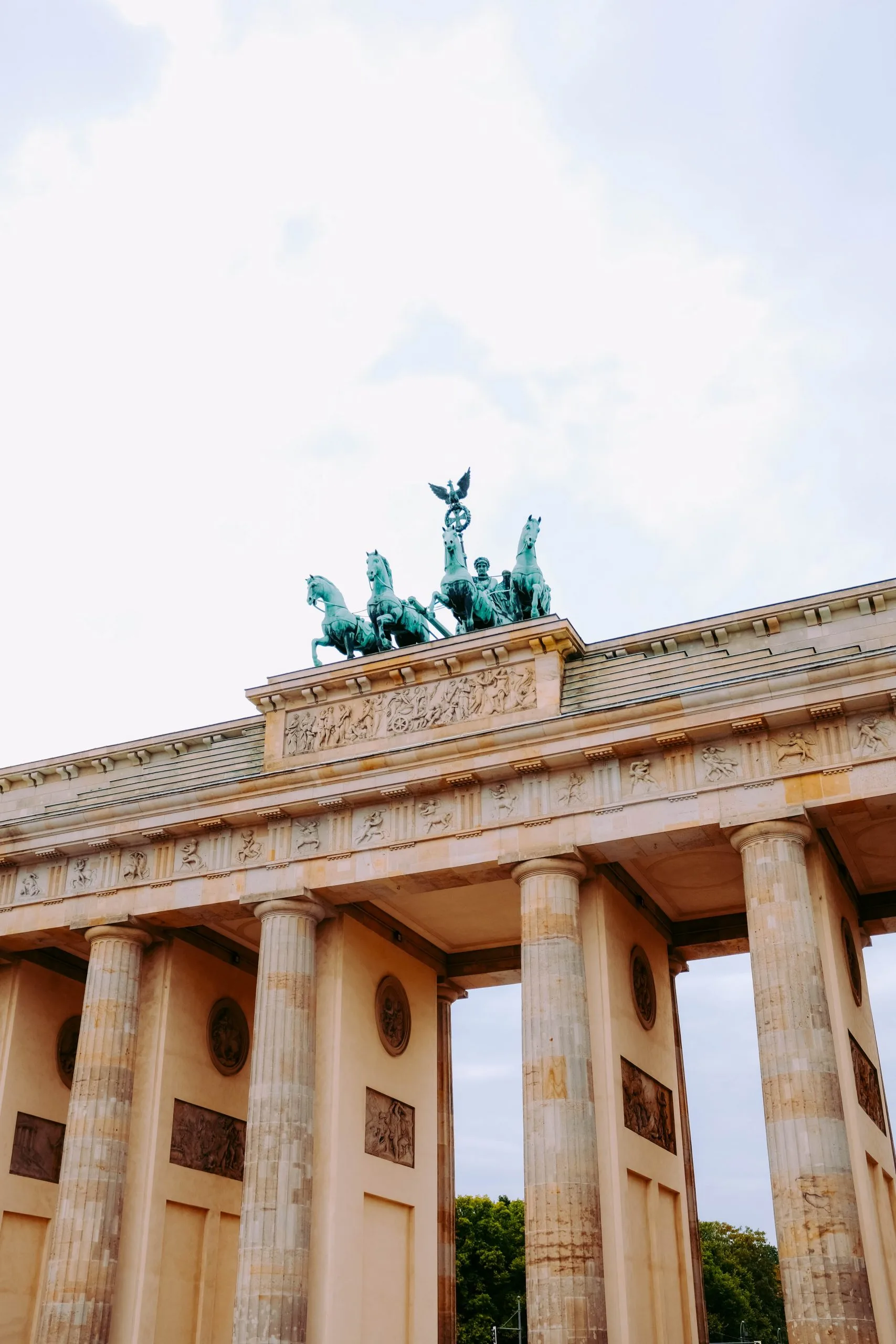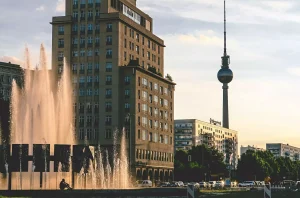Berlin, the vibrant capital of Germany, stands as a testament to resilience, innovation, and transformation throughout history. While its wartime significance often takes center stage, Berlin’s narrative is far more multifaceted. Delving beyond the battlefield, we uncover 5 historical facts that paint a richer portrait of this dynamic city.
Imperial Splendor: Prussian Glory
Berlin’s roots trace back to the 13th century when it emerged as a trading hub along the River Spree. However, it was under the Prussian rule in the 18th and 19th centuries that Berlin flourished into a majestic metropolis. Frederick the Great, the renowned Prussian monarch, left an indelible mark, transforming Berlin into a cultural and intellectual powerhouse. The iconic Brandenburg Gate and the majestic Charlottenburg Palace are enduring symbols of this imperial legacy, reflecting the grandeur of Prussian glory.
Golden Twenties: The Roaring Spirit
Following the tumult of World War I, Berlin experienced a cultural renaissance during the 1920s, earning the moniker “Golden Twenties.” It was a time of unprecedented creativity, where avant-garde art, music, and literature flourished. Berlin became a haven for intellectuals, artists, and bohemians, with its vibrant nightlife epitomized by the decadent cabaret scene. The Bauhaus movement, pioneering modernist architecture, also found its home in Berlin during this period, leaving an enduring influence on the cityscape.
Divided City: The Cold War Era
The aftermath of World War II saw Berlin becoming a focal point of Cold War tensions. The division of Germany into East and West led to the infamous Berlin Wall, erected in 1961 by the East German government to stem the tide of defections to the West. For nearly three decades, Berlin was a city torn asunder, symbolizing the ideological divide between communism and democracy. The fall of the Berlin Wall in 1989 marked a pivotal moment in history, heralding the reunification of Germany and the collapse of the Iron Curtain.
Cultural Melting Pot: The Modern Renaissance
Since reunification, Berlin has undergone a remarkable transformation, emerging as a cultural melting pot and a thriving cosmopolitan center. The city’s rich diversity is reflected in its eclectic neighborhoods, vibrant street art, and world-class museums. From the trendy boutiques of Kreuzberg to the hipster cafes of Neukölln, Berlin pulsates with energy and creativity. The East Side Gallery, a stretch of the Berlin Wall adorned with murals by international artists, stands as a poignant reminder of the city’s tumultuous past and its enduring spirit of resilience.
Tech Hub: Innovation and Progress
In recent years, Berlin has emerged as a leading hub for technology and innovation, attracting startups and entrepreneurs from around the globe. Dubbed the “Silicon Allee,” Berlin’s burgeoning tech scene is characterized by its entrepreneurial spirit, creative talent, and collaborative ethos. The city’s vibrant startup ecosystem is fueled by a thriving community of innovators, investors, and tech enthusiasts, driving forward advancements in sectors ranging from fintech to biotech.
In conclusion, Berlin’s history is a rich tapestry woven from diverse threads, encompassing triumphs and tribulations, cultural renaissances, and technological revolutions. Beyond its wartime legacy, Berlin’s narrative is one of resilience, reinvention, and renewal, making it a truly fascinating city to explore and experience.




